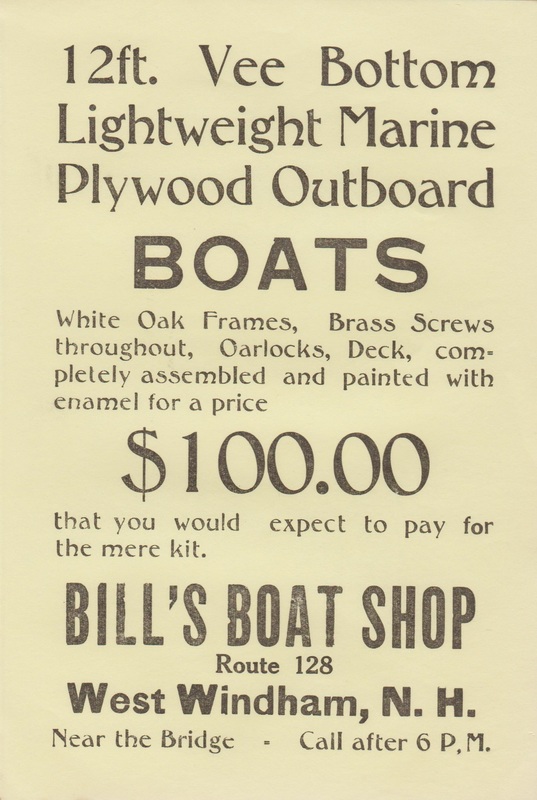Paper photographs, like the one below, became common in the United States by the latter half of the 1850s. By the end of the decade the majority of photographers had begun producing paper photographs, which could be easily reproduced. The significant decrease in exposure time, and relatively low cost, made the new paper photographs available to millions across the nation, including the citizens of Windham. Below is one of the earliest known photographs of a citizen of Windham. Unfortunately, the name of the young girl has been lost to history. The only information recorded was that the photograph was taken on November 10, 1856 and the young girl resided in West Windham. Her age had also been recorded but was permanently obscured by the removal of decades old tape some time ago.
|
Photographs were first made available to the public with the invention of the Daguerreotype process by Louis Daguerre in 1837. The revolutionary process produced an image on a sheet of silvered copper by treating the sheet with iodine, which made it light sensitive, and was then exposed under a lens for several minutes. This technology arrived in the United States in 1839 after the French government purchased the rights to Daguerre's process and gave it freely to the public to use. By 1853 over three million daguerreotype images were produced in America. However, unlike later photographic methods, there were no negatives produced in the process. This meant that each image was unique and the medium was not well suited for producing images to share with family and friends. Paper photographs, like the one below, became common in the United States by the latter half of the 1850s. By the end of the decade the majority of photographers had begun producing paper photographs, which could be easily reproduced. The significant decrease in exposure time, and relatively low cost, made the new paper photographs available to millions across the nation, including the citizens of Windham. Below is one of the earliest known photographs of a citizen of Windham. Unfortunately, the name of the young girl has been lost to history. The only information recorded was that the photograph was taken on November 10, 1856 and the young girl resided in West Windham. Her age had also been recorded but was permanently obscured by the removal of decades old tape some time ago. Although the girl's identity has been lost forever, the photograph gives modern historians a valuable look at life in Windham during the 1850s. Her clothing was typical of that worn by a young girl living in that period. The girl's hair style, another feature that can be used to date antique photographs, is also indicative of the 1850s, and would have fallen out of style by the 1870s.
0 Comments
Jane Davidson was born in Windham on December 7, 1808; the eighth child of Deacon William Davidson and his wife, Jane Barnet. She later married Francis Anderson, and lived at the Anderson family homestead across from Beaver Brook. However, Jane may have had other suitors, including the writer of the letter below. Written in Windham on May 19, 1830, the unknown young gentleman signed only his initials, leaving an air of mystery surrounding his identity. The young man writes, "Our intimate friends ought to be few and well chosen and our friendship grounded on virtuous principles lest it pass away like the morning cloud and the early dew". He goes on to write, "I want you to place sufficient confidence in me to tell your joys and sorrows so that we may sympathize together". He wants a friend "who will not expose me to the world". The writer ends with, "I trust you often think of your situation and you soon be led to seek repentance of your sins and faith in the blood of Christ". Throughout the history of Windham there have been numerous occasions which have fallen on the date of February 14:
- 6 births (the earliest being in 1778) - 3 marriages (the earliest being in 1817) - 3 deaths (the earliest being in 1795) With the growing popularity of Cobbett's Pond, and an increasing number of summer cottages being built along its shores, there was certainly a need for boats in Windham in the 1920s. Some of this demand was fulfilled by Bill's Boat Shop, located on Route 128 in West Windham. While there is little known about the shop, or the boats it produced, a period advertisement notes that for $100 one could purchase a twelve foot, white oak boat "assembled and painted with enamel for a price that you would expect to pay for the mere kit."
|
AuthorDerek Saffie is an avid Windham historian who enjoys researching and sharing his collection with all those interested in the history of the New England town. Archives
November 2019
Categories
All
|


